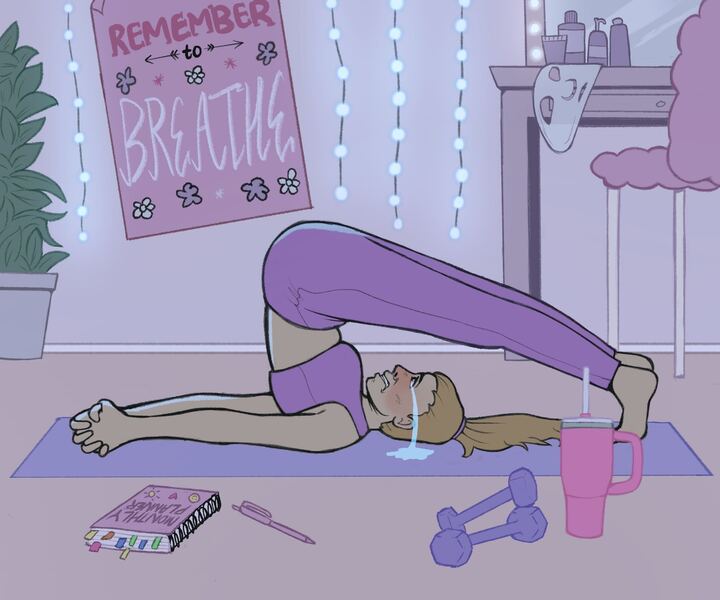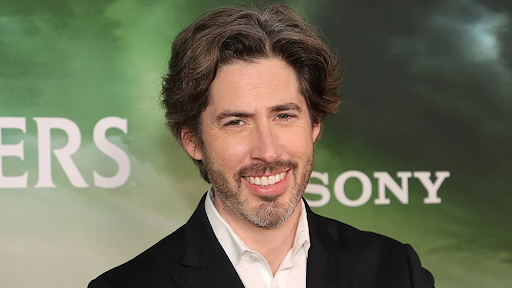The Kansas City Royals won the World Series for the second time in history Nov. 1, leading to a plethora of excited texts and Facebook updates from friends and family in my beloved hometown. Do I care? No.
Never mind that such updates are much less exciting when you aren’t actually in your hometown and haven’t been since March. Never mind that 90 percent of those folks couldn’t have cared less about the Royals before they started doing well this time last year. And please don’t even talk to me about how this team, “is just so engaged with the fans,” and “community oriented.”
I refuse to get excited about any of it, and I don’t care how great this team is; sports still suck. They’ve always sucked, and no amount of hometown, underdog wins will change that fact. No, really. Take a breath, accept it and you’ll feel much better. You can now live your new, modern life no longer under the impression that a series of gladiatorial-style competitive events that lead to rape culture, wasted tax dollars and 8,000 injured minors a day are somehow a thing that should continue. Not in Kansas City, and especially not in Arizona.
“Stop saying things that make me feel bad,” you say. “Shut up,” I say.
Let’s start at the public, elementary-secondary education level. This year, Tucson Unified School District budgeted just under $2.5 million toward school-sponsored athletics. With TUSD budgeting about $12 million in 2015 towards student support services, cutting athletics spending alone could lead to a 21 percent increase in available student services funding.
Even if some of that athletics funding is coming from community partners rather than the state, imagine a world where those same donors contributed to kids learning math and science instead of how to better crash into one another, or hit a ball across a field.
Additionally, the most recent census information reveals that the Arizona public elementary-secondary school system spent a mere $8,599 in 2013 educating each student. That’s the third-worst per-student spending amount for that year, just behind Idaho and Utah. Hide your face and weep, Arizona.
In case talking numbers is confusing to your sports-addled brains, let’s talk in terms of broken child limbs. According to the Southwest Athletic Trainers’ Association, “8,000 children are treated in emergency rooms each day for sports-related injuries,” and, “high school athletes suffer 2 million injuries, 500,000 doctor visits and 30,000 hospitalizations each year.”
Also encouraging: 47 percent of schools nationally do not meet the federally recommended nurse-to-student ratio, according to SWATA. In fact, many schools simply do not have a nurse.
Arizona Education News reports that, “When schools scale back on security guards or share nurses, it affects student safety and health,” which would be common sense in pretty much any other developed country on the planet, except, apparently, our own.
Moving on to the collegiate level, financial concerns are less troublesome, with many Division I athletics programs more or less paying for themselves. The physical toll is still present however, with the Journal of Athletic Training reporting that injury rates for all college sports are about 13.8 per 1,000-game case studies.
The journal concludes, however, by expressing that, “In general, participation in college athletics is safe, …” which is weird, because pretty much any other university pursuit has a zero per 1000 injury rate when it comes to student participation, making college athletics participation the least safe of all possible college pastimes.
All of this and we haven’t even talked about that time in 2004 when Arizona State University tried to cover up the fact that they let a student with a history of misogyny and violence toward women continue to play football, only expelling him after he raped a fellow student. This led to the university settling with the aforementioned rape victim for $850,000.
True, sports do provide students who might otherwise never gain access to higher education a chance to attend college, though as John Oliver noted in his infamous March Madness segment from this year, the educational gains for many college athletes remain dubious at best.
Hell, we haven’t even gotten to the national level yet. I could write a whole other article alone on the Nov. 4 revelation that the Department of Defense has spent $6.8 million on military tributes at sporting events since 2011.
Wouldn’t it be nice to live in a world where the most popular form of entertainment featured two human minds battling it out for supremacy of thought, rather than supremacy through physical violence?
Follow Greg Castro on Twitter.








